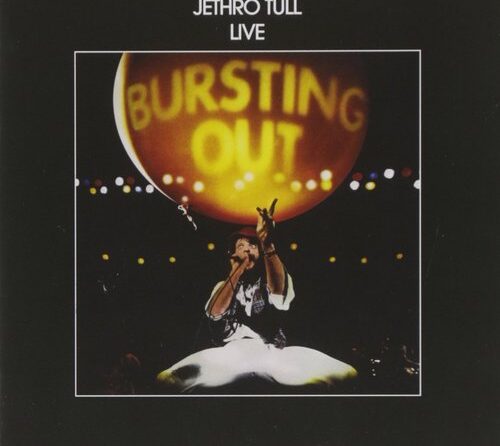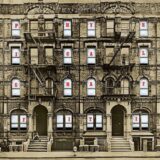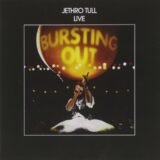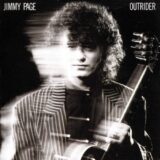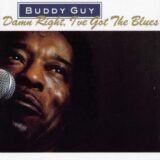5 Stars

After two successful albums, ‘Death Walks Behind You’ (1970) and ‘In the Hearing Of’ (1971), Vincent Crane, keyboard player and leader of heavy metal front runners Atomic Rooster, decided to take the band off in a different vein, bringing in a funkier edge to the Rooster sound. This did not lie well with the other three band members, particularly as they were still writing songs with a heavy metal sound because that was where their roots lay.
Vocalist Pete French removed his voice and put it in ‘Cactus’. The band formed from the ashes of ‘Vanilla Fudge’ and carried on in his hard rock style.

Guitarists John Du Cann and Paul Hammond decided to stay together and form a new band of their own. For some reason, to do this, John decided to drop the Du bit of his name and was known simply as John Cann for the next decade. They formed a band making contact with vocalist Al Shaw and bassist John Gustafson and went under the banner of ‘Daemon’.
Click here for insights into groundbreaking-rock-from-the-1960s-to-present-day/
Al Shaw had very little previous experience in the hectic world of rock’ n’ roll, and when the band rushed into the studios to knock out a quick album, ‘Entrance to Hell’ (1971), it showed Shaw’s limited abilities, a nervous and shy frontman is definitely not ideal.
John Gustafson, on the other hand, was a seasoned professional, starting on his rock ‘n’ roll path more than a decade before in Liverpool with ‘Cassa and The Casanovas’ in 1959, before they lost lead vocalist Brian Casser and became ‘The Big Three’ in 1961, who at the time were the biggest band in Liverpool, England. Yes, including the Beatles. When the Beatles broke out in 1962, ‘The Big Three’ were taken on by Beatles manager Brian Epstein, but he was never able to mould these rough diamonds as he did with the Fab Four.
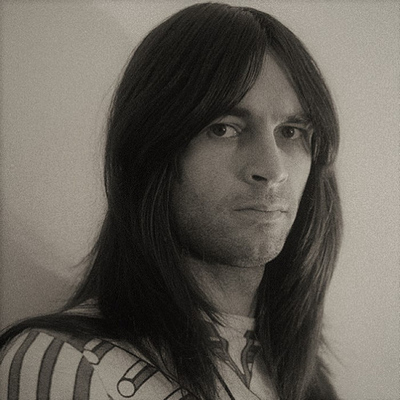
the Hard Stuff machine rolling.
‘The Big Three’ did the usual circuit, cutting singles, residencies in Hamburg, appearing on TV, and by all accounts had a whale of a time. Perhaps they should have paid a little more attention to the business side of things.
John Gustafson then sold his rock ‘n’ roll soul and joined ‘The Mersey Beats’, whose rather watered-down sound never really suited Gustafson … but what is a poor bassist supposed to do when money is flashed before your eyes? But by 1965, the Mersey beat boom was on the wane (although the Beatles of course just got bigger and bigger). It was time for John Gustafson to jump ship again. This time he followed his musical instincts, firstly joining ‘The Quotations’ and then ‘Quartermass’, as well as being a bass for hire for touring bands or studio work. When John Cann and Paul Hammond called to form a new super-group, John Gustafson was ready.
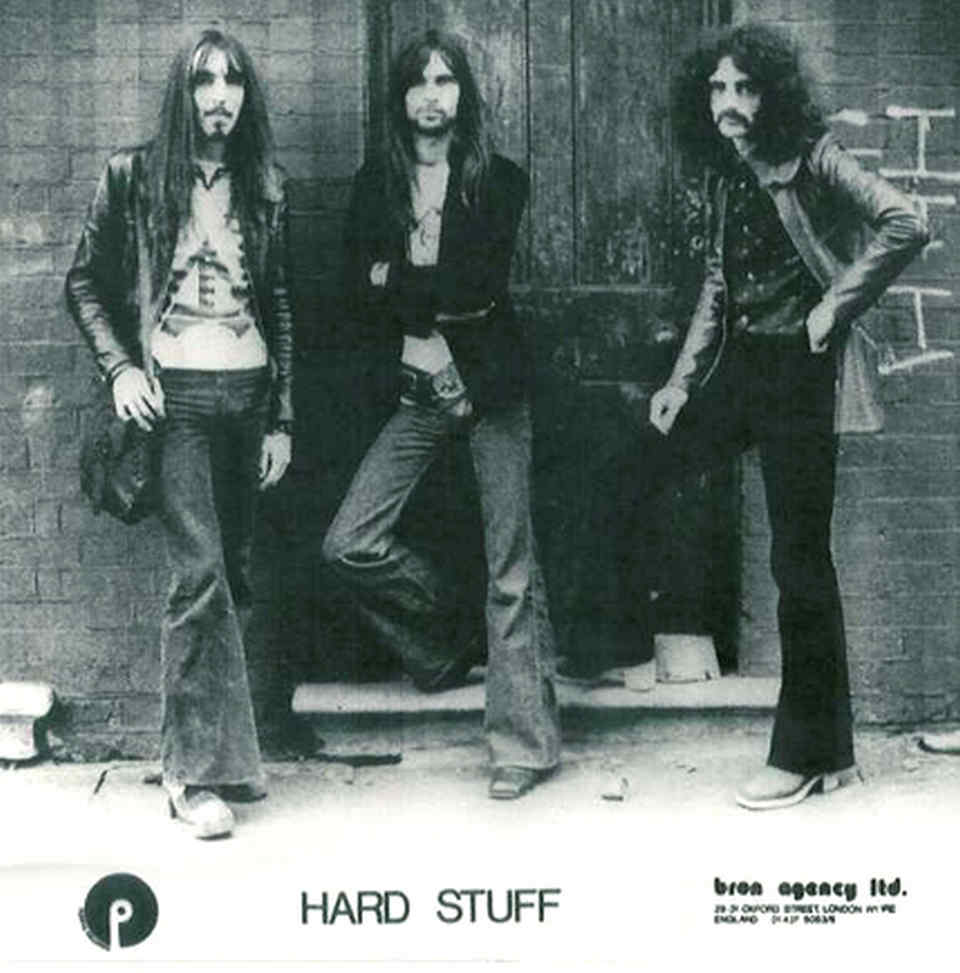
Trying to run before they could walk proved their first downfall, and after listening to the results of ‘Entrance to Hell’, Shaw was jettisoned, and the others decided to carry on as a trio. To distance themselves from ‘Daemon’, they changed their name to ‘Bullet’. This was fine until a lawsuit arrived on their doorstep from another band already called ‘Bullet’. Back to the drawing board, and ‘Hard Stuff’ was decided upon.
In 1972 Deep Purple was at the height of their popularity and had decided to form their own record company, as any self-respecting band with millions of dollars to spare was duty-bound to do in that era. ‘The Beatles’ started it all with Apple, and a few years later, you were not really considered to be amongst the rock elite unless you had your own label. Anyway, seeing the pedigree within ‘Hard Stuff’, the purple boys made the band their first signing, rushing them back into the studio to make a new debut album before taking them on the road as support for a huge European tour.
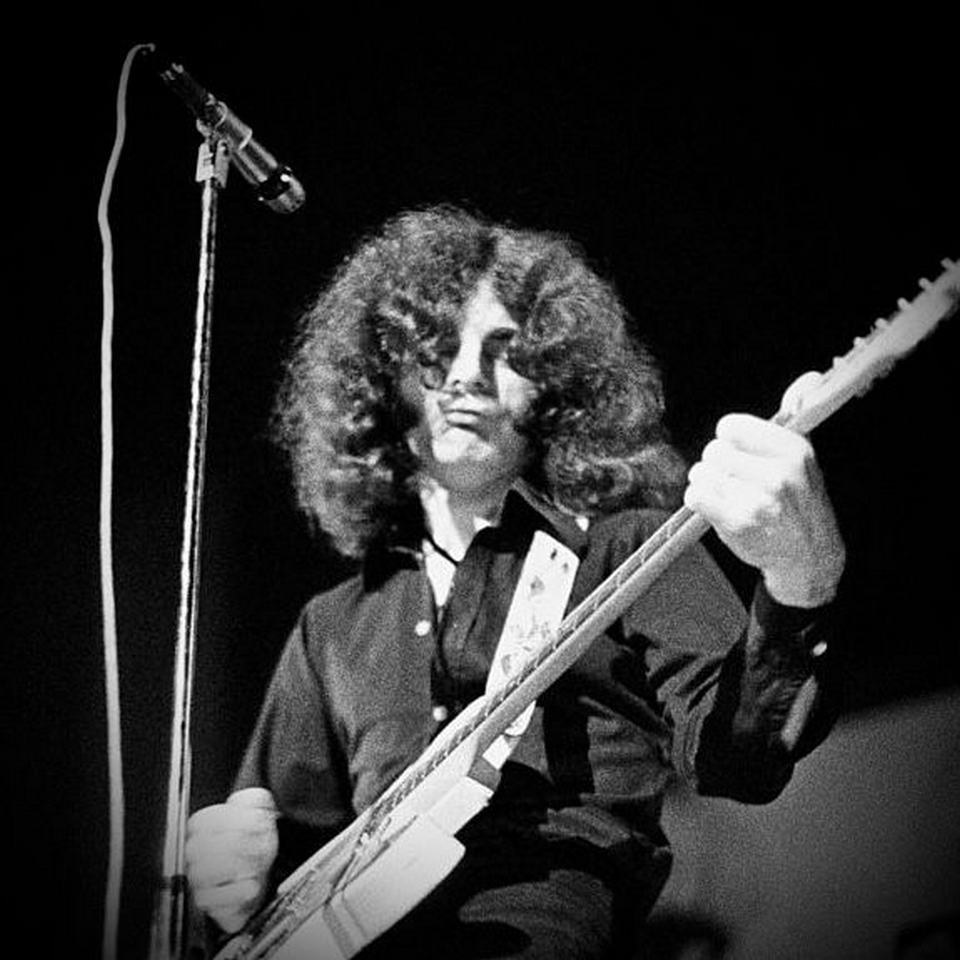
John Cann had already written songs for the last two Atomic Rooster albums, and then Cann and Gustafson shared writing duties for the Daemon album, all in the last eighteen months, and it was a wonder they had anything left in the cupboard at all. They managed to get the album ready for the tour with the moniker ‘Bulletproof’ (1972). It was a typical of the time heavy rock power trio effort, with some highlights but way too many low points.
The musicianship is never anything but superb; for that alone, the album cannot be faulted. But neither Cann nor Gustafson would lay claim to being genuine class vocalists, and whilst all the vocals are delivered with passion and may have been excusable in the excitement of a live setting, on the recording, they definitely let the side down. Perhaps hanging onto their old mate Pete French from the Rooster days would have been a plan with some merit.
One of the album’s best moments comes on a song co-written by John Gustafson with Roger Glover and Ian Gillan of Deep Purple. There is no doubt of the quality of this track, but to execute it properly would not only have taken Ian Gillan’s penmanship but his throat as well. All the songs are left sounding rather thin due to there only being three instruments, and although John Cann’s playing is never less than commendable, in fact, some of the guitar solos are riveting; all the songs need something more. Keyboards would have given the band a much fuller sound. Another instrument in the band would have graced any of the tracks, played by somebody who could have also helped out with the writing and arranging of the songs, allowing each band member to concentrate on what they were doing individually as well as in the context of the band. Verden Allen had just left ‘Mott the Hoople’ at the time—he would have filled that role wonderfully.
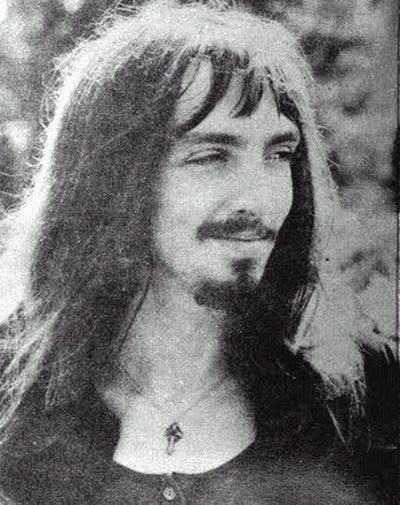
What must be one of the greatest blunders in rock ‘n’ roll, though, was the choice of ‘Jay Time’ as the opening song, unbelievably the band’s first all-important single. Only one year previously, John Cann had come up with ‘Devil’s Answer’ for ‘Atomic Rooster’, which had been a worldwide hit, breaking the Rooster internationally. Now for his new band, he had penned ‘Jay Time’. It is probably one of the worst rock tracks ever played or written. Each musician seems to be playing a different song; the guitar riff is scratchy, the vocals jar on the nerves, and the hook in the chorus would not hold up air. What were they thinking? ‘Jay Time’ should never have been released, let alone as the flagship for a new band.
The band immediately redeems themselves with the next track, probably the best and heaviest thing on the album – the John Gustafson-written ‘Sinister Minister’ with its crunchy guitar licks and bass-heavy driven rhythm. Even the vocals are savage enough to get away with it, and when John Cann completely wigs out on his axe to bring the song to a rousing conclusion, you think they may be onto something here. But to be honest, the remaining tracks plod along in ever-decreasing circles with just the odd ripple to draw your attention.
The album fumbles its way to a conclusion with a totally pointless instrumental ballad that is going nowhere; it’s called ‘The Provider Part One’. Thankfully there never was a part two.
Once the album is finished, the thought of putting it back on again is just too much, knowing you would have to skip the first track to avoid musical insanity.
The following year ‘Hard Stuff’ released a follow-up album, ‘Bolex Dementia’ (1973), a dreadful rushed, directionless album. Ill luck struck again when John Cann and Paul Hammond were involved in a serious car accident in Belgium, and it was two years before Paul Hammond could play again. That was the end of ‘Hard Stuff’.
Click here for more insights into Classic Rock
John Gustafson went on to play with Shawn Philips, Roxy Music, and for several years in the Ian Gillan Band, finding time for plenty of well-paid session work, a fine progressive rock solo album ‘Goose Grease’ and writing ‘Dear John’, a hit single for ‘Status Quo’. John Cann dabbled with Thin Lizzy, amongst others, before putting the Du back in his name and reforming ‘Atomic Rooster’ with Vincent Crane and Paul Hammond for another bash at stardom in the Eighties.
Written by Mott the Dog on Pattaya’s Bulletproof Darkside
Remember to visit and subscribe to Mott’s Facebook page: https://www.facebook.com/groups/1003417143122919/
Click here for more insights into Classic Rock
Click here for insights into groundbreaking-rock-from-the-1960s-to-present-day/



